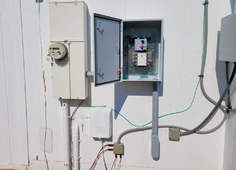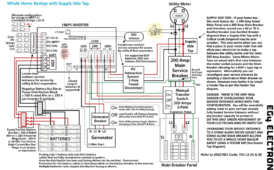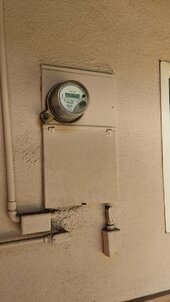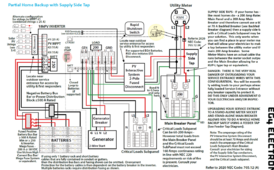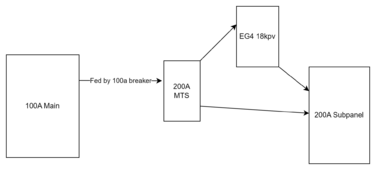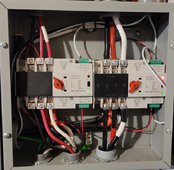Nobody will ever need more than 640K of memory in a PC. Something about using always and never. In the words of another "C'mon man"? Your gonna spend $10K, do it the way you want. Tim is a cheapskate.
I will wire this puppy up this weekend, shuffling some boxes around. For now my inverters are behind this wall with the sub-panel. In the future I will drop another conduit in the box to an outbuilding that will house the power plant, along with a conduit for the 4 PV runs on the roof.
$150 ATS 160A Identical 200A unit is $250, see below
$150 16x24x10 outdoor box
$300 all in
I went for the amazon knock off for these . . .
https://www.ato.com/automatic-transfer-switch-100-160-250-amps which will run you $350ish. This bad boy appears to be pretty heavy duty, I'm using the very small chinese units inside next to the panel at the moment. I had one die, I replaced it but it prompted the upgrade ahead of schedule.
In for a penny, but I think it's a really good idea to have a bypass to your other panel, and I'm kicking myself for not just going ahead with a 200A panel. Easy enough to de-rate it to 150 or 100 with a different breaker. I'll be feeding the ATS with a 100A breaker on the meter panel on the secondary. The switch is 3-position, Primary - Common, Secondary - Common, Open (Manual with the handle, current position.) I like being able to turn sh*t off or move it manually if need be. I may use crimp lugs instead of the hex. Had to get $100 worth of wire, how much more you might need to inline an ATS is hard to say.
